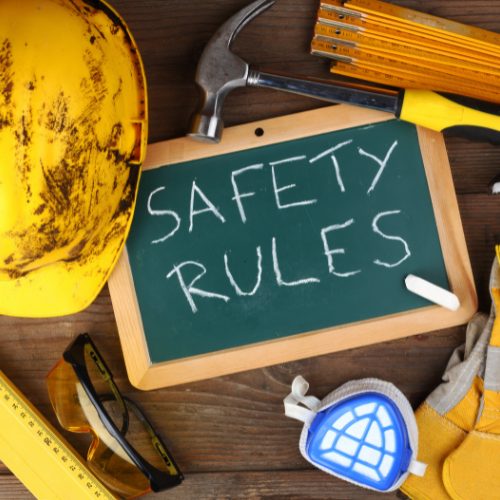Smaller operations with simpler menus may find the cost and space requirements outweigh the benefits. Evaluate your kitchen’s workload, menu, and budget to decide if it’s the right fit.
Cook smarter, not harder! Enter: the combi oven.
In the fast-paced world of commercial kitchens, efficiency, consistency, and versatility aren’t just nice to have, they’re essential. Enter the combi oven, a piece of kitchen equipment that’s become a hot topic in the foodservice industry. But with a significant upfront cost, the question remains: Is a combi oven really worth the investment?
First things first, what is a combi oven?
A combi oven combines three cooking methods in one unit: convection heat, steam, and a combination of both. This multifunctional appliance allows chefs to bake, roast, steam, poach, grill, and reheat – all with precise humidity and temperature control.
The advantages of a combi oven.
→Versatility across menus
From steaming vegetables to baking bread or roasting meats, a combi oven handles it all. This all-in-one capability reduces the need for multiple appliances, saving space and simplifying your kitchen layout.
→Improved food quality + consistency
By combining steam and convection heat, combi ovens lock in moisture and flavor while cooking food evenly every time. Programmable settings ensure consistent results – crucial for chains and high-volume kitchens.
→Speed + efficiency
Time is money in a commercial kitchen. Combi ovens cook faster and more evenly, reducing prep time and eliminating the need to monitor or rotate trays – helping your team deliver faster service with less stress.
As Mark Boner, EMR Baltimore Cooking Tech, noted, “Many manufacturers offer combi ovens – some more complex than others in both cooking operation and service requirements. Without proper training or understanding, kitchens may miss out on their full potential.”
Considerations before pulling the trigger.
→Initial cost
A commercial combi oven can range anywhere from $10,000 to $40,000+ depending on size and features. However, many kitchens see a return on investment within 12–24 months due to increased efficiency and reduced waste.
→Training + workflow adjustments
Just like you wouldn’t wait for a health crisis to visit the doctor, don’t wait for equipment failure in your kitchen. Planned maintenance acts as your kitchen’s immune system, stopping breakdowns and downtime before they happen.
“If a customer isn’t trained properly on the combi oven’s versatility, they won’t get their money’s worth and will have basically bought a very expensive steamer or convection oven,” Mark notes. “Fortunately, there are plenty of training resources available on manufacturers’ websites and platforms like YouTube.”
→Maintenance + service
Like any high-performance kitchen equipment, combi ovens require regular maintenance to perform at their best. Partnering with a reliable service provider ensures your unit stays in good working condition and that any issues are addressed promptly.
their best. Partnering with a reliable service provider ensures your unit stays in good working condition and that any issues are addressed promptly.
“Customers that have planned maintenance on their combi ovens experience far fewer service calls,” Mark explains. “If a combi oven isn’t cooking correctly or shows a minor issue, I always recommend calling for service. That could be the start of a much more expensive repair if ignored.”
Final verdict: worth it?
For high-volume kitchens with diverse menus or a need for consistency, a combi oven is a smart investment – offering labor savings, better food quality, faster service, and reduced equipment needs.




